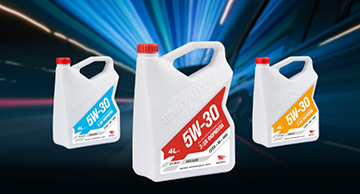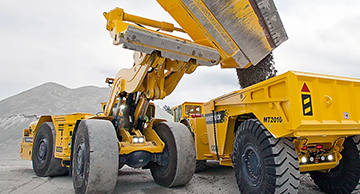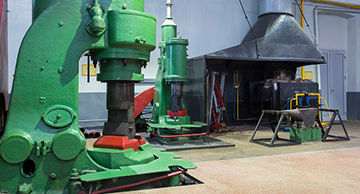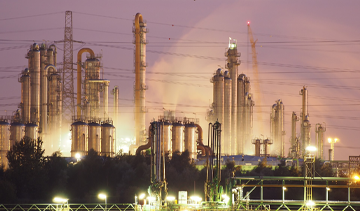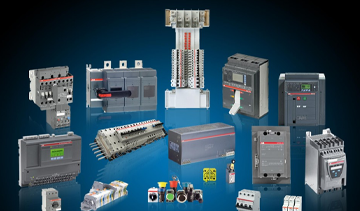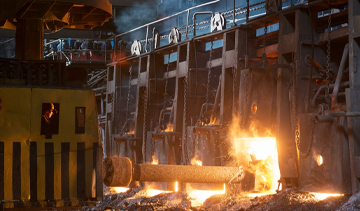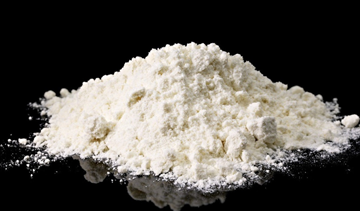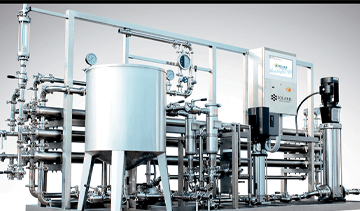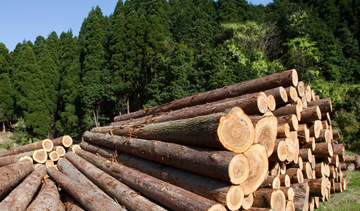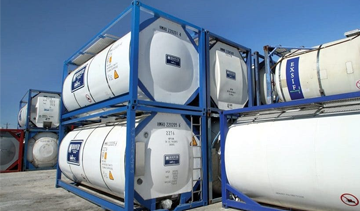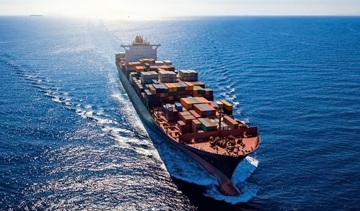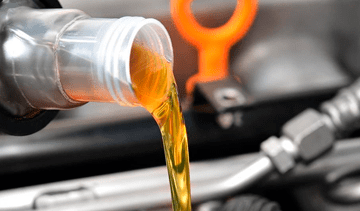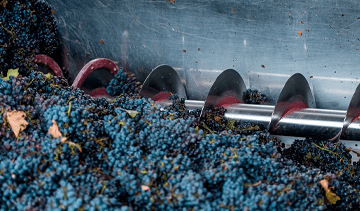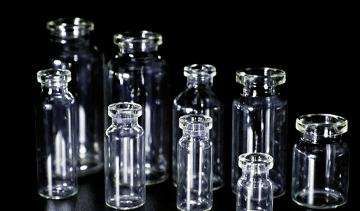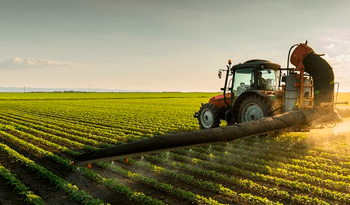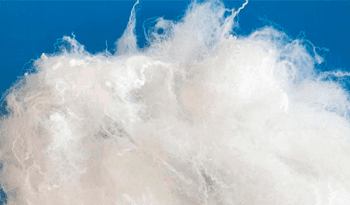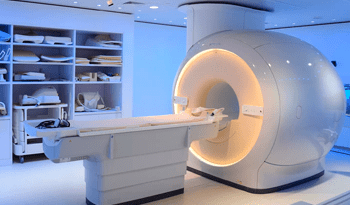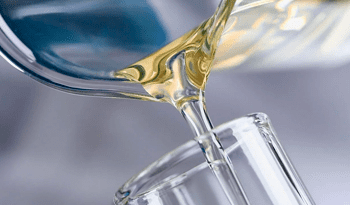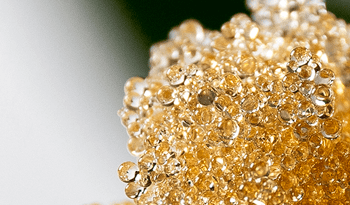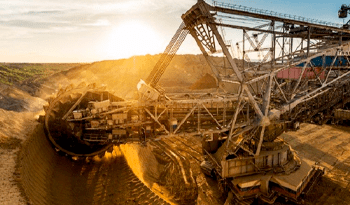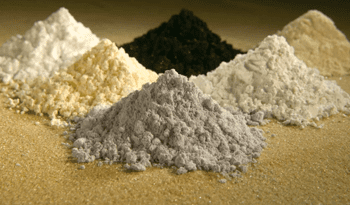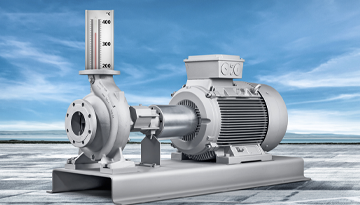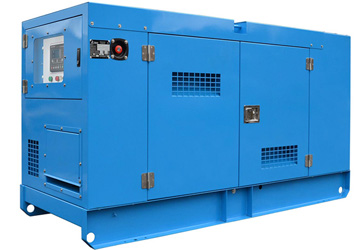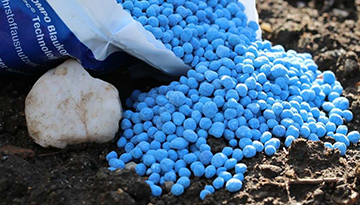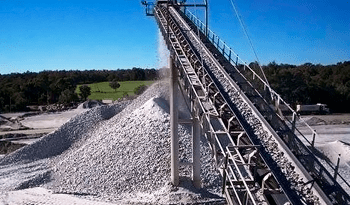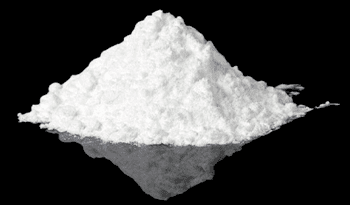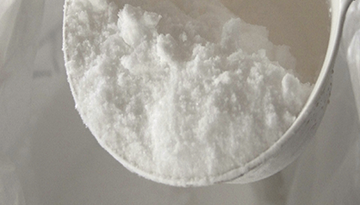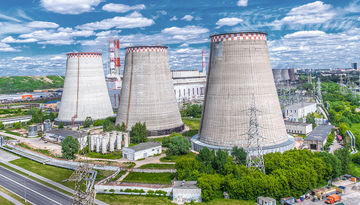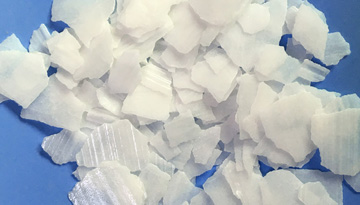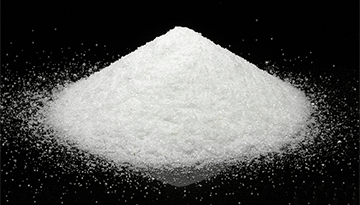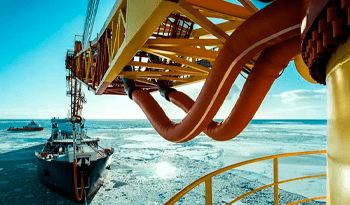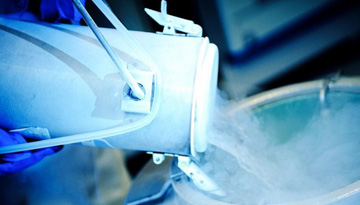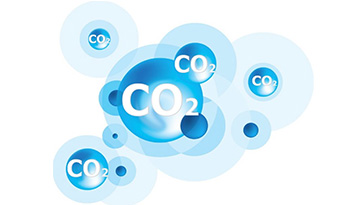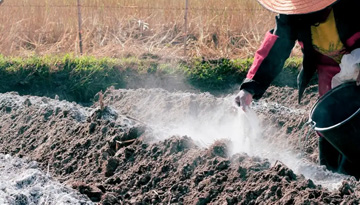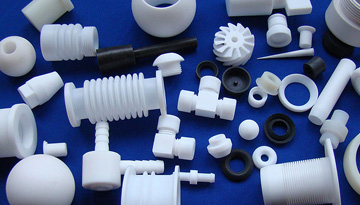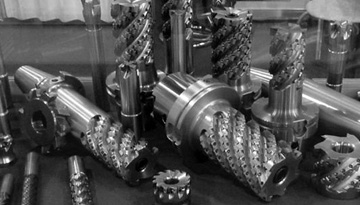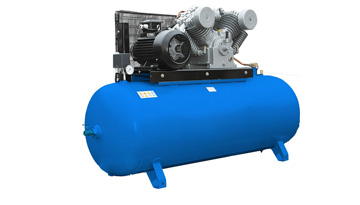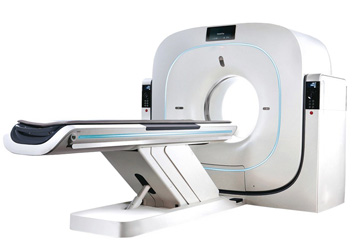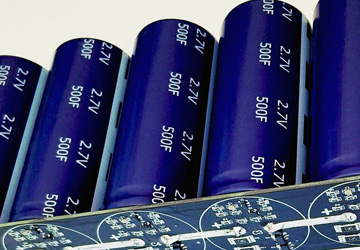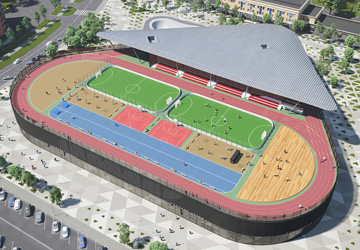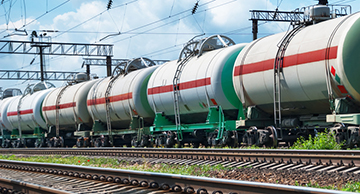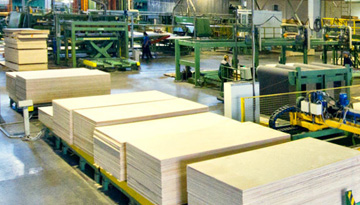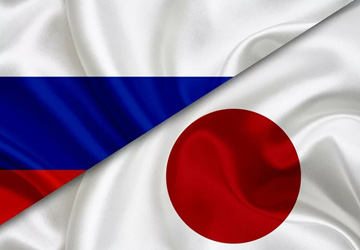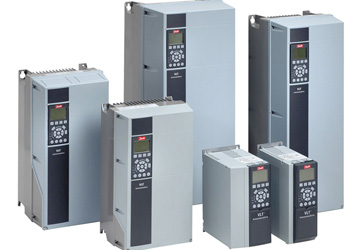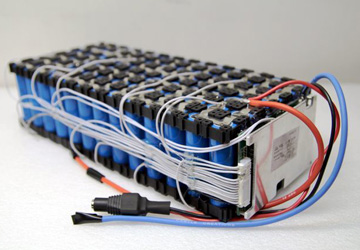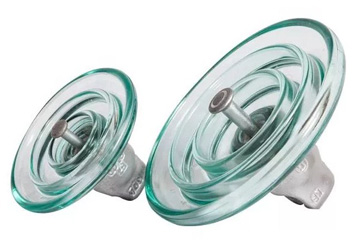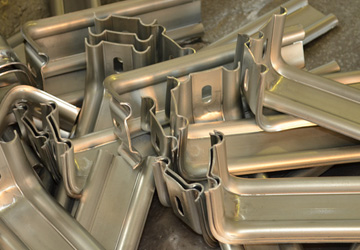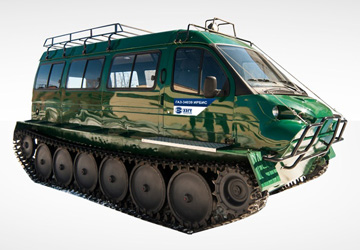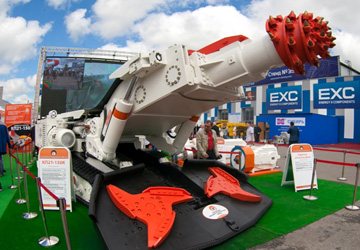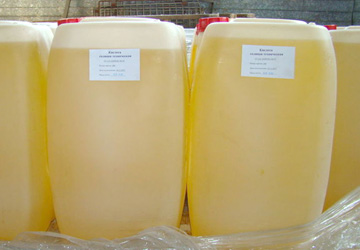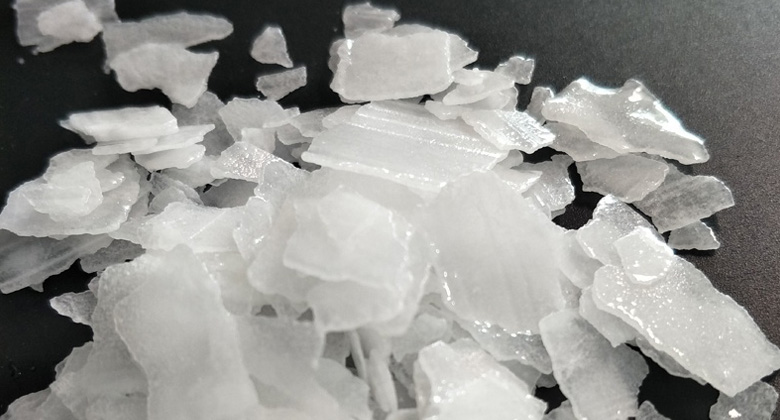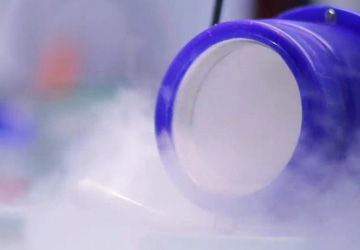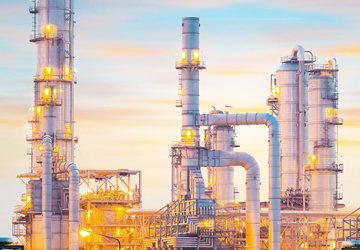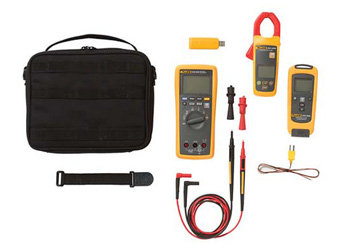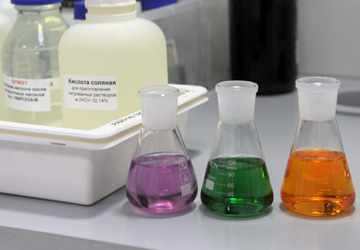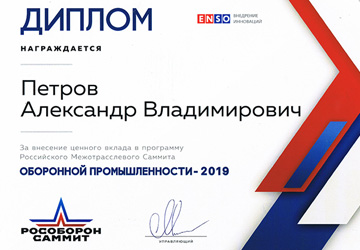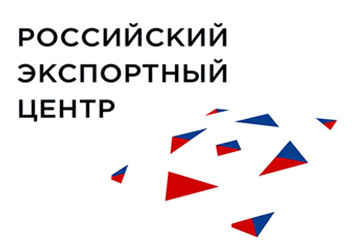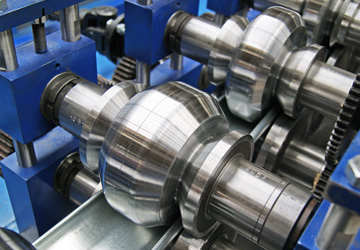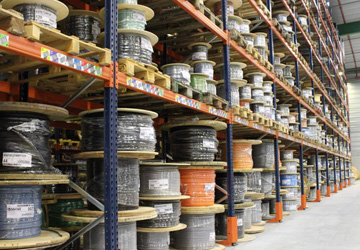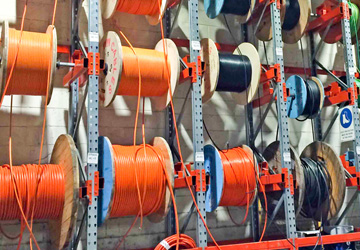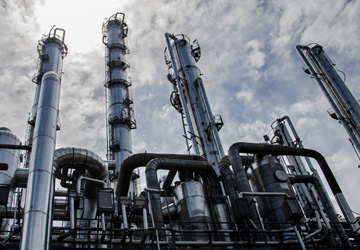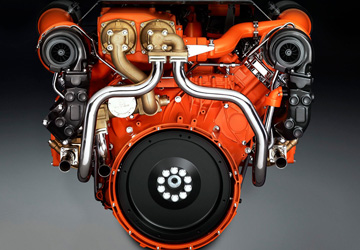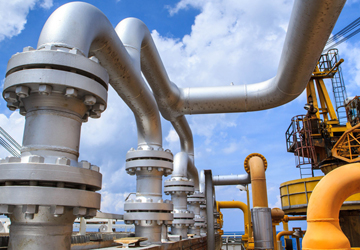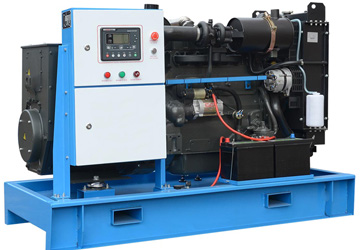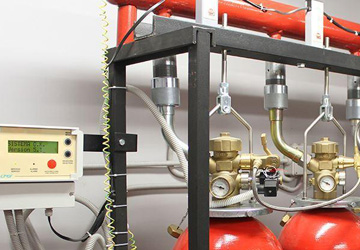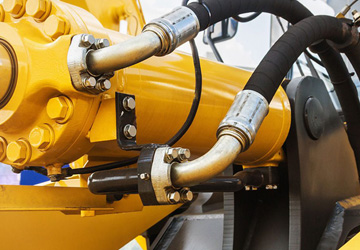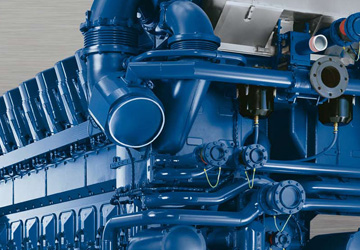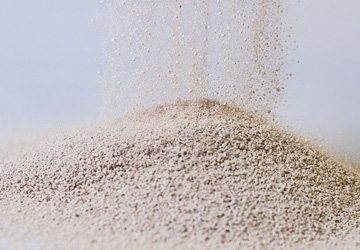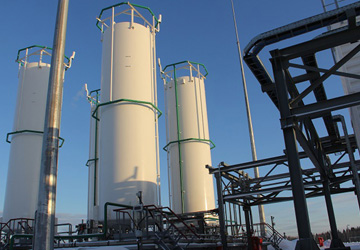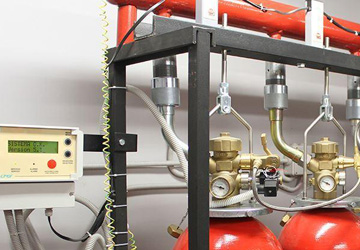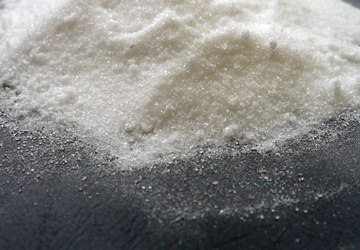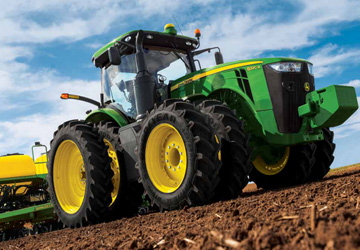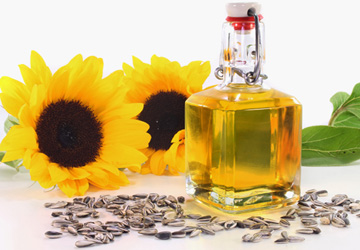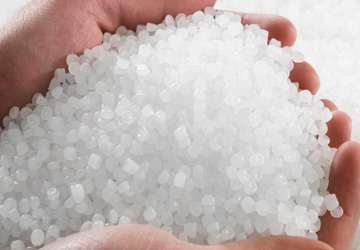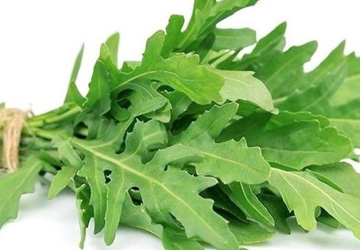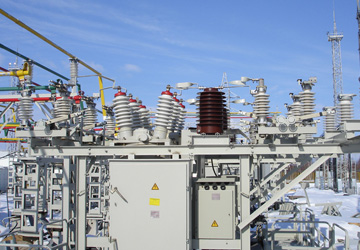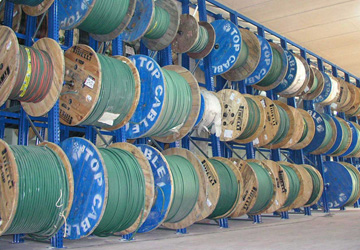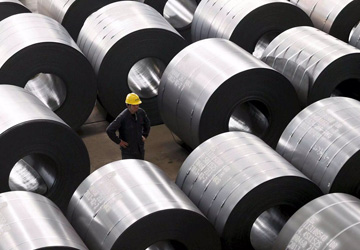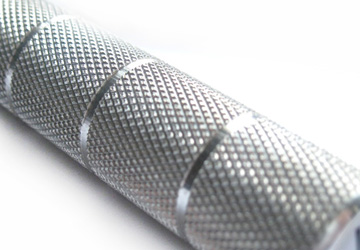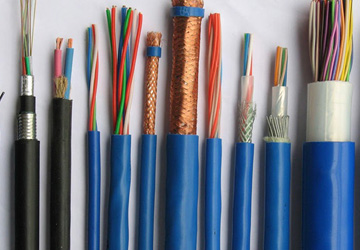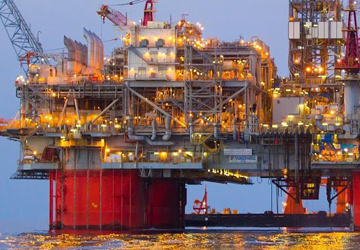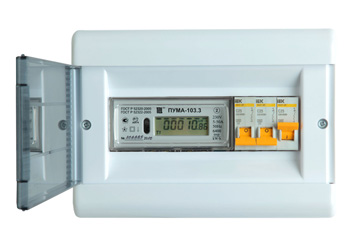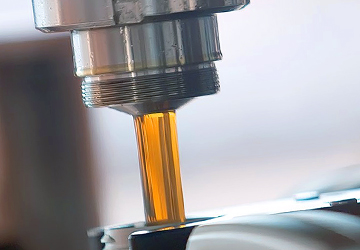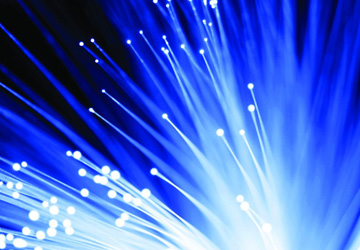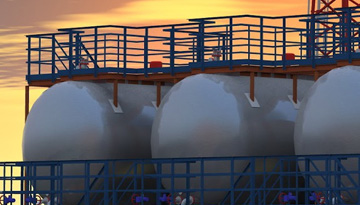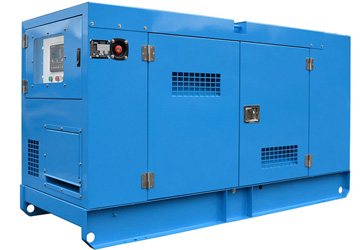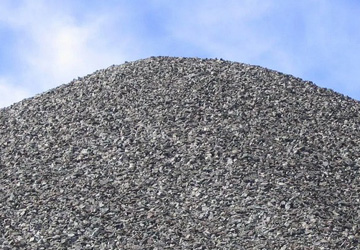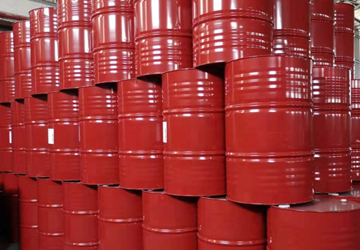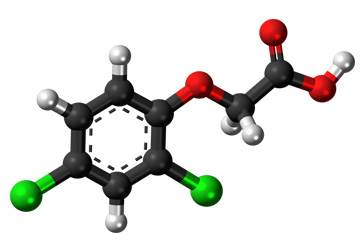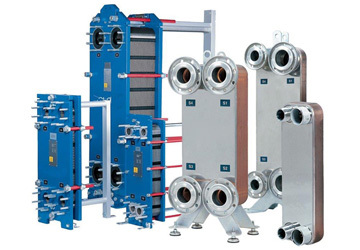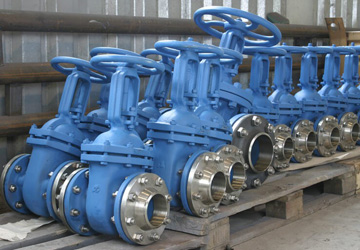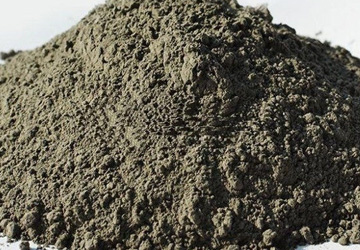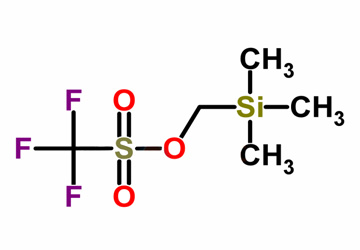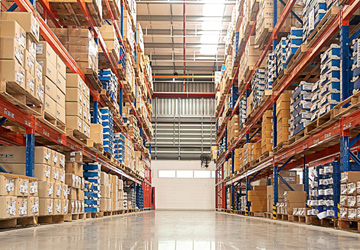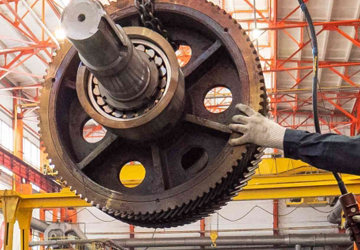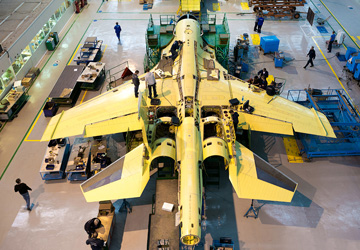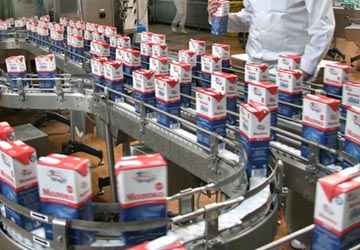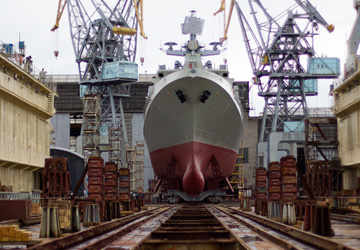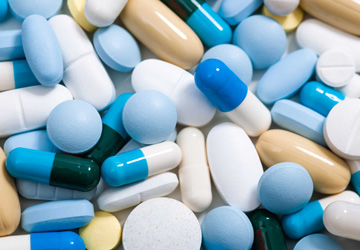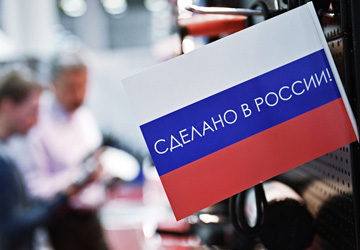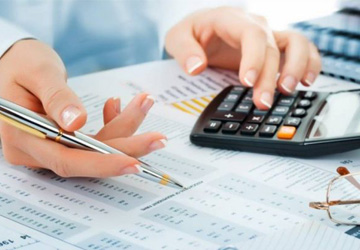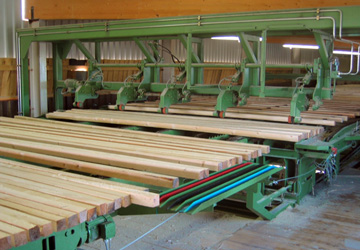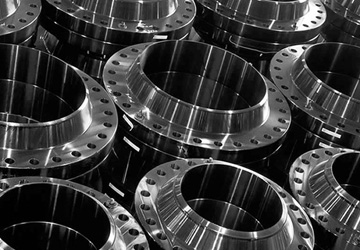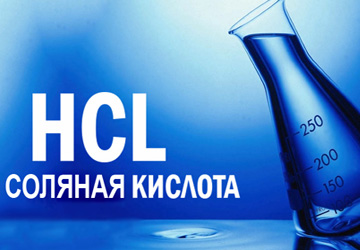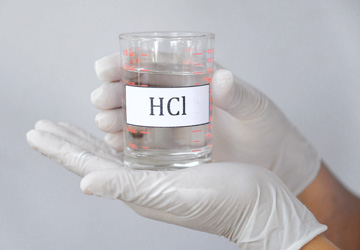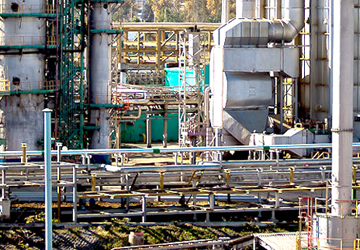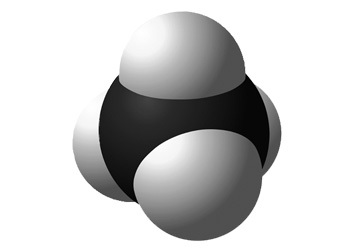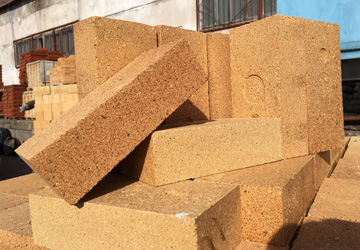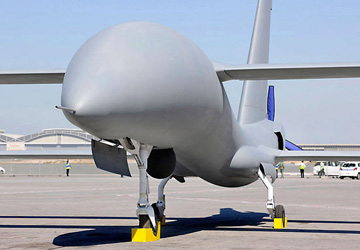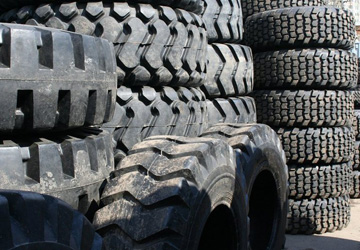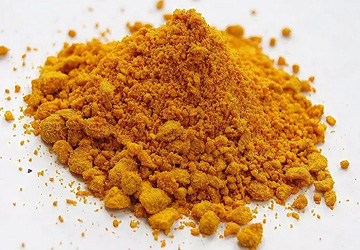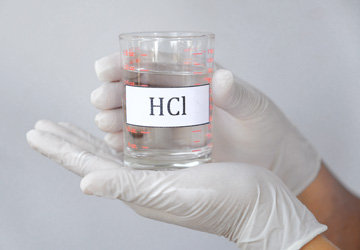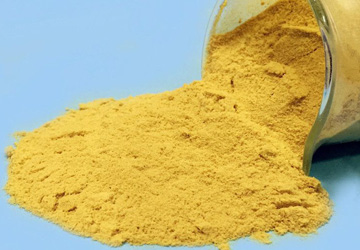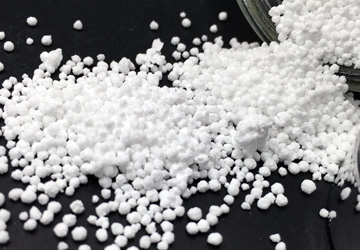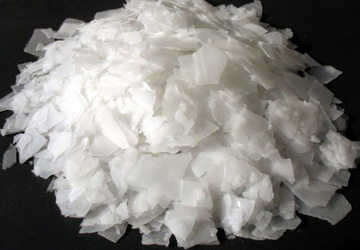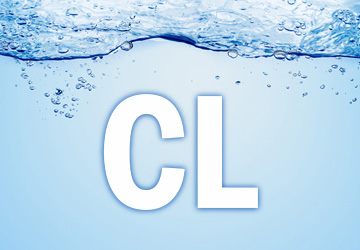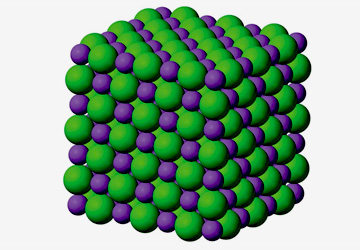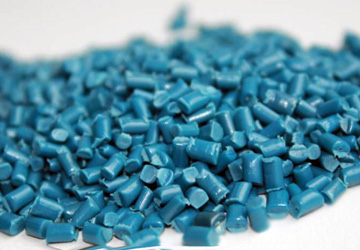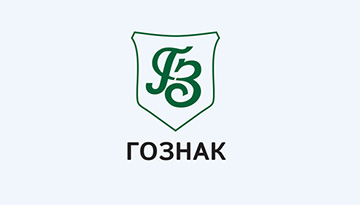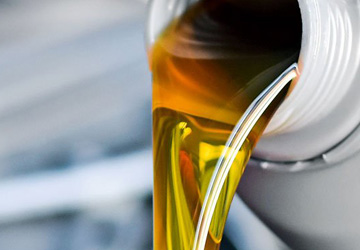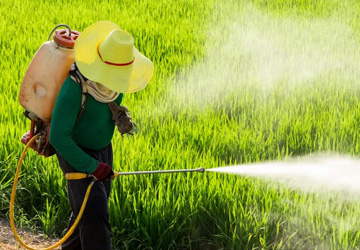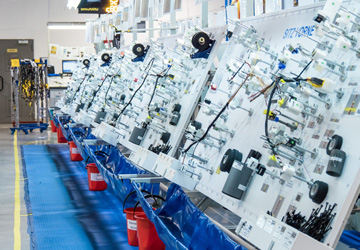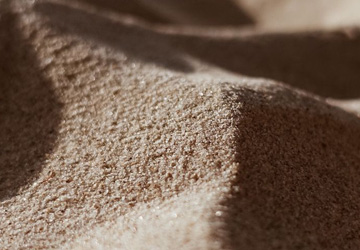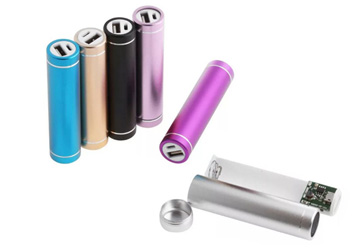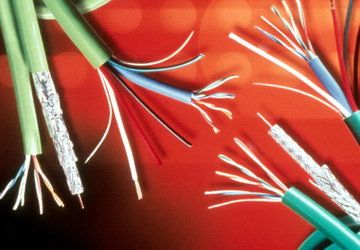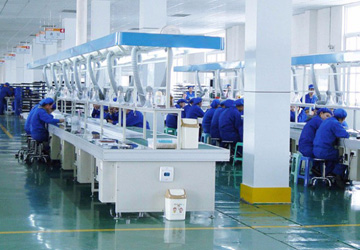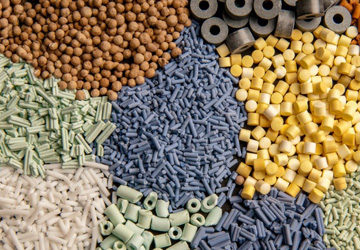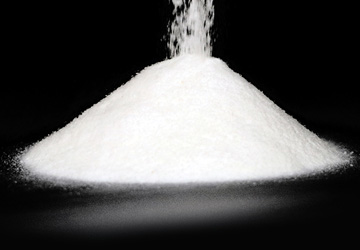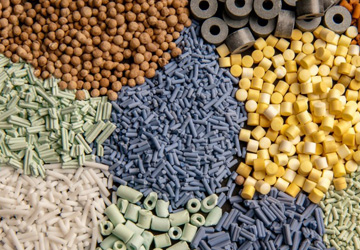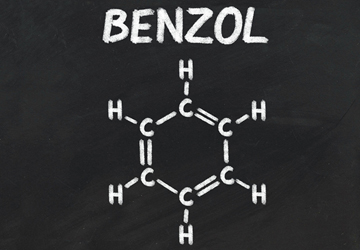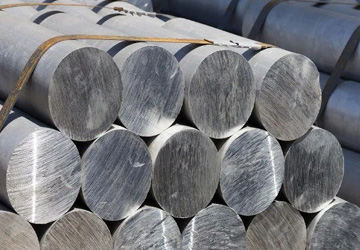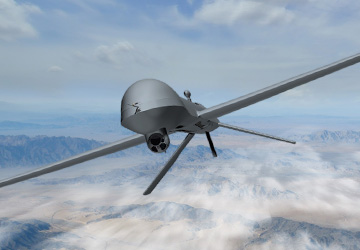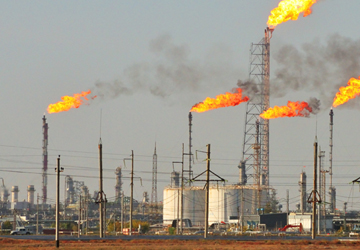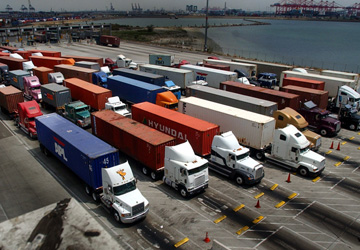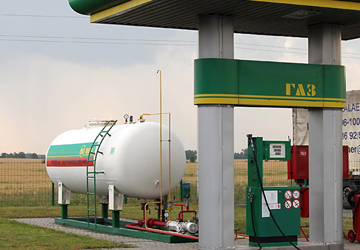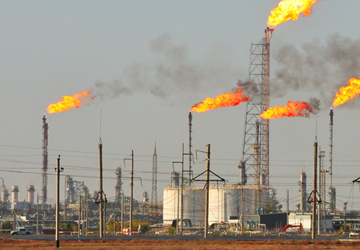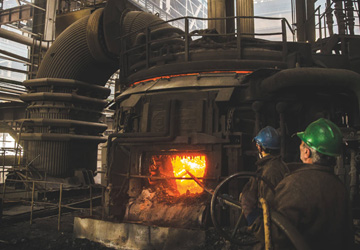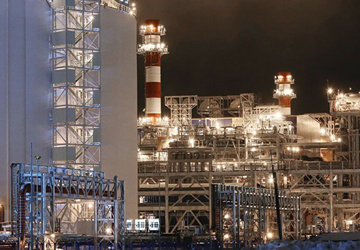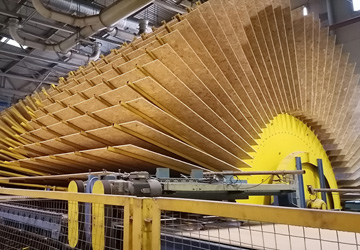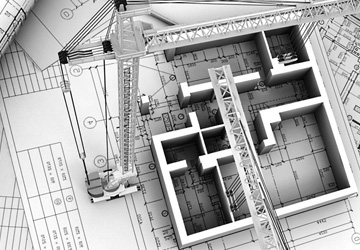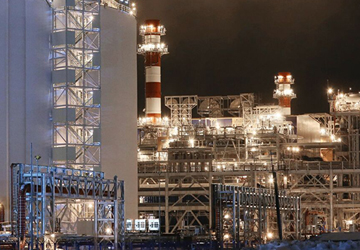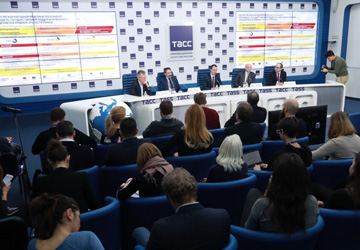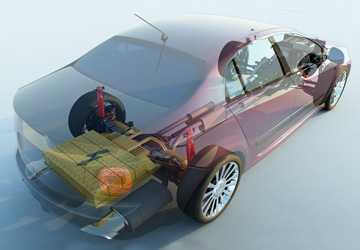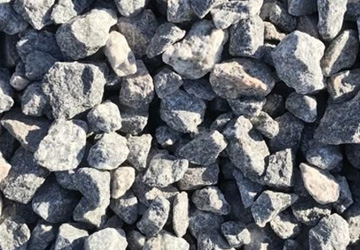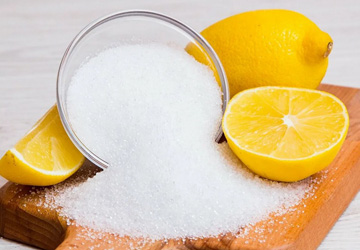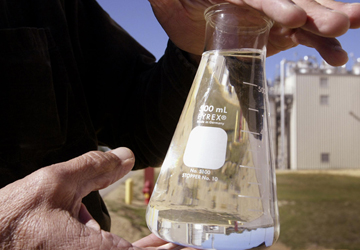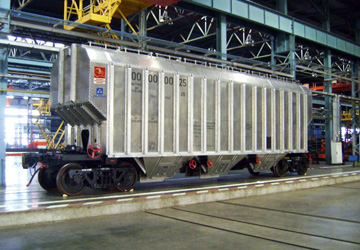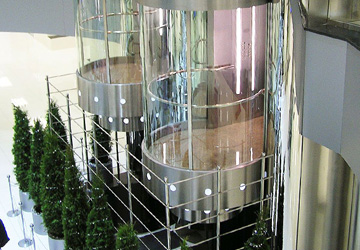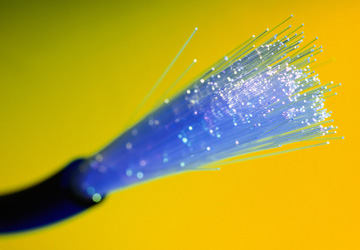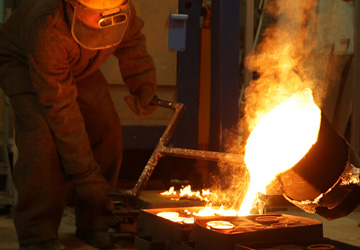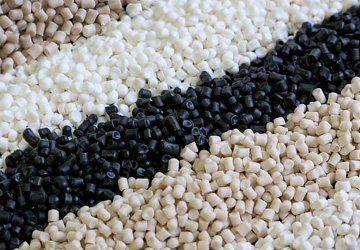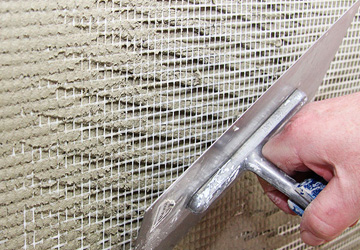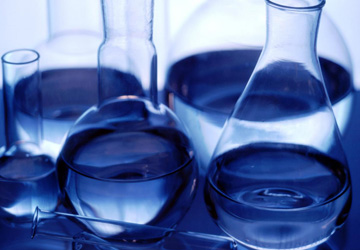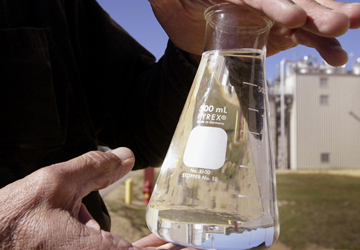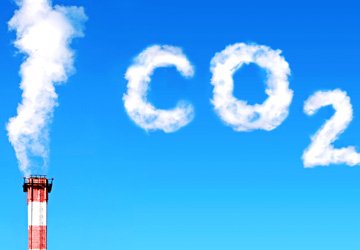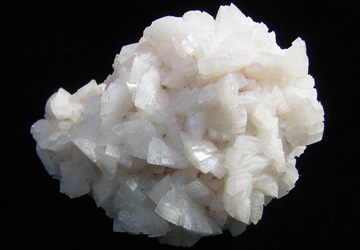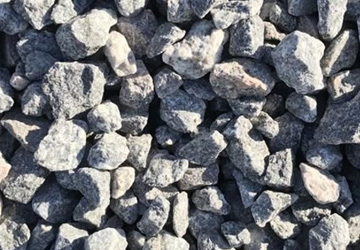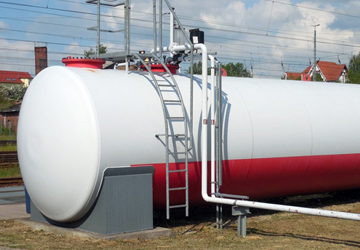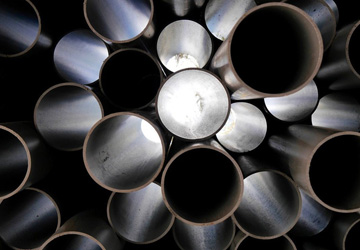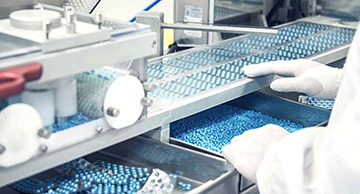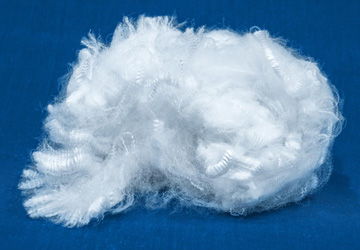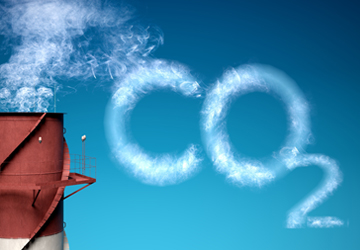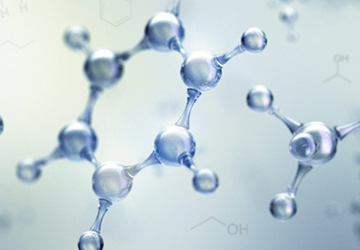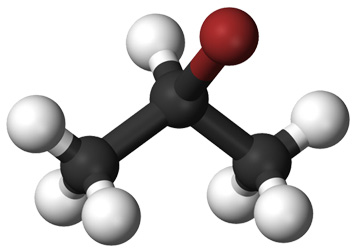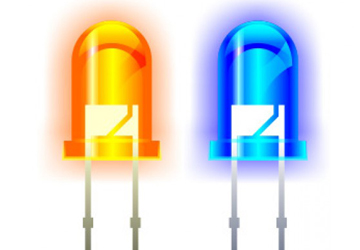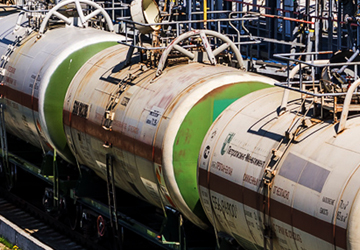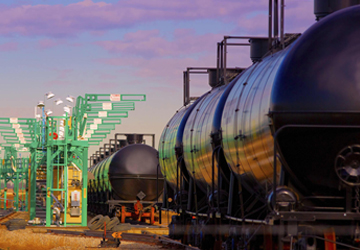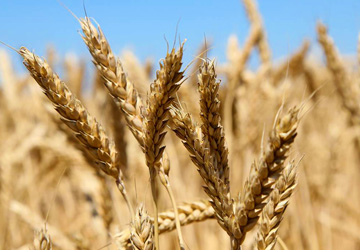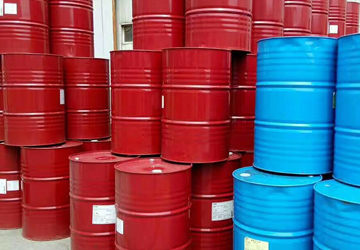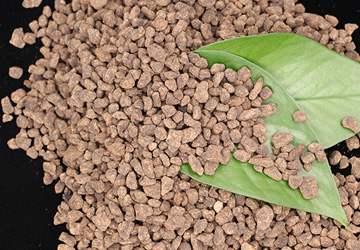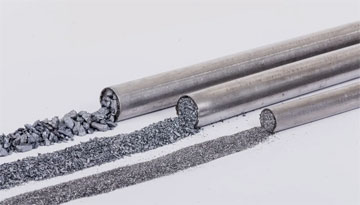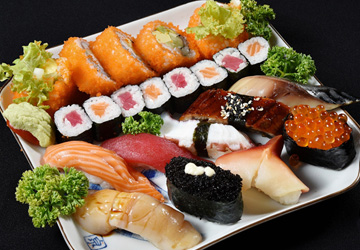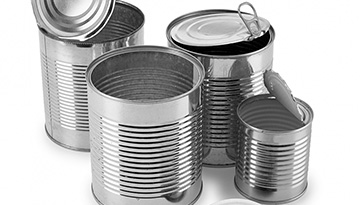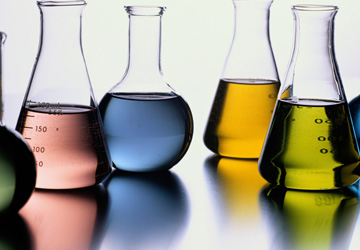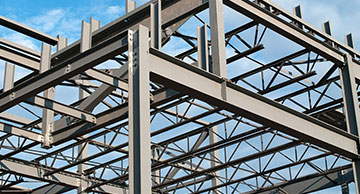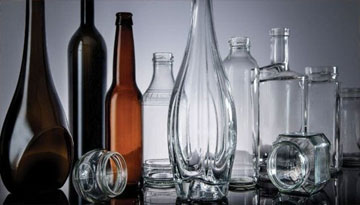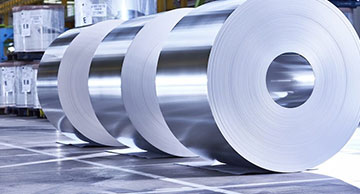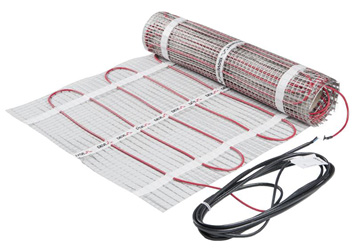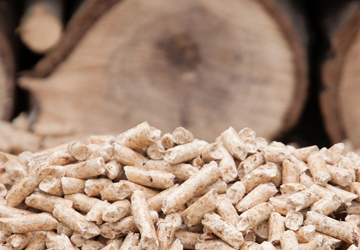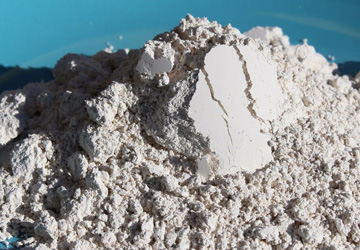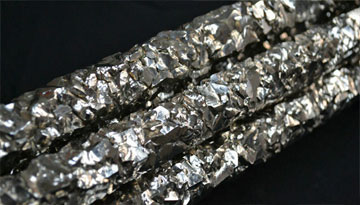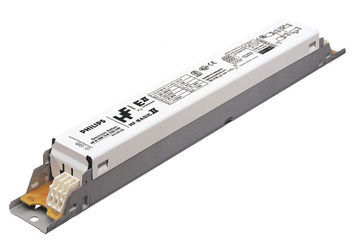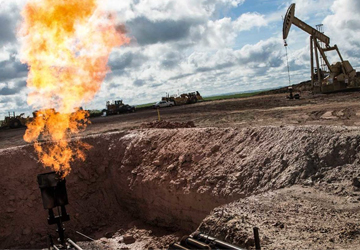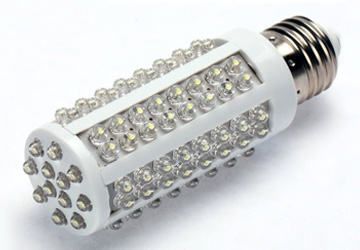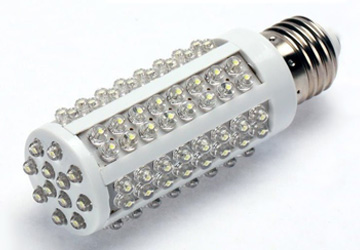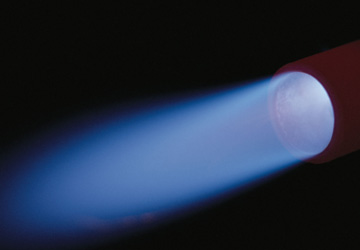1. Introductory section.
1.1. Used terms and recalculation coefficients.
1.2. The goals and objectives of the marketing research.
1.3. A brief description of the project "Construction of a complex for the production of polyethylenertalate (PETF) of textile purposes in the Ivanovo region" (hereinafter referred to as the project): project goals, geography of the project, manufactured products (including promising, taking into account the potentially possible development of the project), created by production facilities , the current stage of implementation.
2. General information about the project products (textile PETF, polyester fibers and threads) (hereinafter - PP) for product nomenclature.
2.1. Description of PP indicating technical and consumer characteristics.
2.2. The use of PP in target markets. Analysis of current and potential areas of the use of PP (according to consumption segments).
2.3. The replacement goods used for the production of textile products (including other types of chemical fibers and threads, natural fibers). Review and comparative analysis with PP for consumer (strength, lengthening, light and shape resistance, hygroscopicity, heat resistance, etc.), value and other characteristics.
2.4. A brief description of the production chain of the creation of PP and the main technological processes.
2.5. The main raw materials and planned volumes of its consumption for the production of paragraphs.
3. The global market of textile purposes, polyester fibers and threads.
3.1. Factors affecting the development of the world market (technological, macro- and microeconomic drivers, state regulation, certification, requirements of environmental for
Convention, Pest analysis).
3.2. Price analysis:
3.2.1. Description of pricing mechanisms on paragraphs.
3.2.2. Analysis of historical (2007-2014) and forecast (2015-2025) dynamics of world prices on paragraphs.
3.2.3. Comparative analysis of the average level of market prices with prices on paragraphs. Assessment of the relevance and competitiveness of prices on paragraphs.
3.3. Analysis of the sentence:
3.3.1. The dynamics of production in the market for the period from 2007-2014, as well as the forecast until 2025
3.3.2. The main countries and manufacturers in the market indicating the volume of production (in 2007-2014 and in the forecast period until 2025).
3.3.3. Data on the level of loading of production capacities.
3.4. Demand analysis:
3.4.1. The dynamics of demand for the period from 2007-2014, as well as the forecast until 2025, indicating the largest countries and consumer companies.
3.4.2. Analysis of the main buyers in the market, assessment of their consumption volumes (in 2007-2014 and in the forecast period until 2025).
3.5. Balance of supply and demand in the world market of the PP in 2007-2014. and in the forecast period until 2025
3.6. The dynamics of export/imports in the market for the period from 2007-2014, as well as the forecast until 2025. The main countries of exporters and importers.
3.7. A brief overview of the market for the main goods-substitutes (if any), including Forecast for the development of the market for replacement goods.
3.8. Analysis for determining the target (s) market (s) of the implementation of PP, including promising (indicating detailed justifications).
4. The target market for the implementation of the PP: RF, CIS.
4.1. Determination of the target (s) market (s) sales of paragraphs. A detailed justification for the assignment of the chosen (s) of industries, consumer enterprises of the PP to the target (s) market (markets).
4.2. Factors affecting the development of the market (technological, macro- and microeconomic drivers, state regulation, certification, requirements of environmental legislation, Pest analysis).
4.3. Price analysis:
4.3.1. Description of pricing mechanisms on paragraphs.
4.3.2. Analysis of historical (2007-2014) and forecast (2015-2025) dynamics of prices on paragraphs. 4.3.3. Comparative analysis of the average level of market prices with prices on paragraphs. Assessment of the relevance and competitiveness of prices on paragraphs.
4.4. Analysis of the proposal for PP:
4.4.1. The dynamics of production in the PP market for the period from 2007-2014, as well as the forecast until 2025
4.4.2. The main countries and manufacturers in the PP market indicating the volume of production (in 2007-2014 and in the forecast period until 2025).
4.4.3. Data on the level of loading of production capacities.
4.5. Demand analysis:
4.5.1. The dynamics of demand for the period from 2007-2014, as well as the forecast until 2025, indicating the largest countries and consumer companies.
4.5.2. Analysis of consumption in the context of areas (industries) of application.
4.5.3. Analysis of the main buyers in the PP market (in 2007-2014 and in the forecast period until 2025): consumption volumes; plans to change the volume of purchase; The level of interest in cooperation with the initiator of the project.
4.6. Balance of supply and demand in the target market of the PP (RF and CIS countries) in 2007-2014. and in the forecast period until 2025;
4.7. The dynamics of export/imports in the PP market for the period from 2007-2014, as well as the forecast until 2025. The main countries and exporting enterprises/importers.
4.8. Fine concentration indicators.
4.9. Barriers of the entrance to the industry (restrictions on access to key resources, restrictions on the scale of production, etc.).
4.10. The speed of innovation and technological changes in the industry.
4.11. The degree of state regulation of the market.
4.12. The raw material support of the PP market:
4.12.1. The main raw materials for the production of paragraphs.
4.12.2. The main manufacturers, suppliers and consumers.
4.12.3. The dynamics of the balance and supply balance in the raw materials market, export/import prices, as well as raw materials in retrospect (2007-2014) and in the forecast period (2015-2025).
4.12.4. Analysis of the possibility of raw material support for the project in full due to Russian/foreign manufacturers of raw materials (TFK, MEG, etc.).
4.12.5. Logistics and organization of delivery of raw materials to the manufacturer of products; Optimization of tariffs for the delivery of raw materials to producers of paragraphs.
4.13. A brief overview of the market for the main products of the PP, including Forecast for the development of the market for commercial goods paragraphs.
4.14. Description of the main traders in the market.
5. Competition in the PP market in the Russian Federation and potential export markets.
5.1. Analysis of the level of competition in the industry (the scheme of the Five Competition forces M. Porter).
5.2. Description of the main direct competitors: types of products; production capacity; production/sales volumes (over the past 5 years); revenue and net profit (over the past 5 years); market share (world, by countries and regions of the presence of PP); used technologies of production; The level of loading of production capacities; Expansion/modernization programs.
5.3. Comparative analysis of the project and competing companies in the main parameters of business models: production capacity, capacity loading coefficient, raw materials converting coefficient for each type of project products, specific indicators of the main articles of the production of PP in the cost structure (starting raw materials, natural gas, electricity , additives and reagents, steam, photos, etc.).
5.4. Analysis of the main competitive advantages/disadvantages of the company and other manufacturers of the PETF of textile purposes, polyester fibers and threads (cost, price, quality, production technology, delivery logistics, etc.).
5.5. Data on EBITDA profitability of the main competitors, average-industrial indicators in the dynamics for the period 2007-2015, the forecast value of the average-industrial rate of EBITDA profitability for 2015-2025. Compared to the annual project indicators according to the financial model.
5.6. Assessment of the probability of the emergence of new competitors/projects, determining their competitive advantages.
6. Analysis of the project strategy, as well as the risks of its implementation.
6.1. The forecast dynamics of the production of PP in the Russian Federation and the CIS countries for the period until 2025, the geographical structure of production, key changes and trends, existing production capacities and the forecast of their expansion/reduction.
6.2. Assessment of forecast volumes, structures, fraction of the supply of PP to target markets (in the breakdown by region; in natural and value terms).
6.3. Analysis of potential buyers (client base): manufactured products; financial results of activities (over the past 3 years); consumption volumes.
6.4. The main sales channels and methods/sales stimulation tools, evaluating their contribution to the income/expenses of the project. The budget of measures to stimulate sales and the growth of sales of project products.
6.5. Analysis of preliminary/concluded contracts/contracts for the supply of PP, compliance with the main terms of the contract with the market terms of the industry.
6.6. Assessment of the impact of seasonality on the sale of paragraphs.
6.7. Analysis of planned logistics solutions for the transportation of finished products. Analysis of the cost of transportation of PP to potential consumers ("transport shoulder") in the context of types of transport, description of the main logistics routes, a description of the sufficiency of transport infrastructure, as well as an analysis of the main conditions for the supply of project products.
6.8. Scenario analysis (optimistic/basic/pessimistic) indicating the forecast data of key indicators by type of PP (sales volume, price of production, loading production capacities, the price of the purchased raw materials, etc.) in relation to various external and internal macroeconomic conditions (with Explanation, as these trends are reflected in the above scenarios).
6.9. Analysis of the current/forecast structure and articles of the cost of PP: variables and conditionally constant; operating and other expenses (with details by type of expenses and comparing the level of such expenses with similar objects, including: administrative expenses; commercial expenses (advertising, marketing, etc.); expenses for
payment of services of the management company (if applicable); insurance.
6.10. Comparison of operating indicators of the project with Russian and international (if applicable) objects of analogues in the context of each type of product.
6.11. Analysis of the influence of international sanctions and the economic crisis in the Russian Federation on the volume of export of products/import of raw materials.
6.12. Analysis of the potential of changes in the structure of the product line of the project; The need for additional capital investments.
6.13. SWOT analysis, classification and analysis of key marketing risks of the project, an expert assessment of the probability of key risks, quantitative analysis of the potential consequences of their implementation, a proposal of measures to minimize key risks with the preparation of the project risks.
6.14. Analysis of the influence of state support measures (if applicable).
6.15. Recommendations for adjusting the operating room plan.
7. Conclusions and recommendations.
7.1. The main conclusions based on the results of the analysis, including about:
- prospects for the development of the PP market and the possibility of implementing it on the territory of the Russian Federation and abroad;
- the possibilities (or impossibility) of providing the project with the necessary raw materials in full at the planned prices, as well as a list of recommendations on the maintenance of procurement activities;
- prospects for the development of main consumers of products;
- the possibility of selling the entire volume of products at planned prices;
- prospects for import substitution of similar foreign products in the Russian sales market of PP;
- the logistics of the supply of raw materials and PP (including information about the most optimal delivery methods, routes, production conditions, the value of "transport shoulder", etc.).
7.2. Analysis of the consolidated economic indicators of the project (for confirmation/refutation of the source data used in the financial model of the project), including:
7.2.1. forecast volume of revenue for each product product;
7.2.2. cost forecast for each product (if applicable), as well as in general for a project with a breakdown by type and main cost items;
7.2.3. calculation of the need for the working capital of the project;
7.2.4. Calculation of profitability indicators for EBITDA for each product (if applicable) with a comparison of profitability indicators with objects of analogues.
7.3. Recommendations for adjusting the operating room plan (if applicable).



